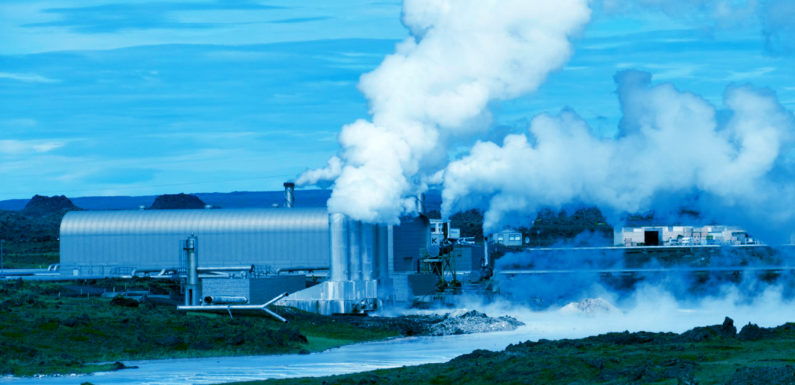
Geothermal energy refers to thermal energy stored and generated from earth. It is a renewable source of heat energy that is generated in unlimited amount from earth’s core. Geothermal power is the electricity generated from geothermal energy. Geothermal electricity is produced by geothermal power plant, which uses steam produced from hot water reservoirs found below earth’s surface. Steam is used to rotate the turbine, which finally leads to the generation of electricity. Geothermal power plants have capacity higher than 90%, as it is available 24 hours a day throughout a year.
Geothermal energy has several advantages over other renewable energy sources, such as wind, hydropower, wave energy and bioenergy. Some of those advantages are:
- Very low atmospheric pollution
- Low usage of land
- No significant dependence on weather
- Low visual impact
- Very high capacity and high degree of availability
- No or zero liquid pollution on reinjection of effluent fluid
Currently, three types of geothermal power plants including dry steam, flash, and binary are majorly used across the globe for geothermal power production. Dry steam is the oldest technology used for the generation of geothermal electricity. It directly uses steam from fractures in earth to drive turbine. Flash power plants are the most commonly utilized type of geothermal power plants. Flash plant pulls water from high pressure and high temperature reservoir to low pressure and low temperature water. Due to the decrease in pressure, some of the hot water converts into steam. The steam produced as a result of the process is used to drive the turbine. In binary plants, hot water is passed by another fluid with much lower boiling point. This fluid is then converted into vapor and used to drive the turbine.
The geothermal power generation has a significant impact on local economies and creates more jobs, when compared to natural gas. Moreover, geothermal power production requires lesser land area, in comparison to other renewable energy sources. Geothermal power plants have very low emission of harmful gases. In binary plants, the greenhouse gases emission is either negligible or zero. Power generation through dry steam and flash plants produces significantly lower emissions, as compared to fossil fuel based electricity generation.
Geographically, Asia-Pacific dominated the global geothermal power market in 2015, and is anticipated to retain its dominance during the forecast period. The geothermal power market in Asia-Pacific is expected to grow, due to high energy demands in the region and high growth in the geothermal power industry. Moreover, the rapid depletion of fossil fuel and massive unexplored geothermal power market in the region are creating abundant growth opportunities for the Asia-Pacific geothermal power market. In addition, the increasing job opportunities due to the development of geothermal power plants, is the key trend witnessed in the Asia-Pacific geothermal power market.

